How Fast is your Website?
The speed of your website is a factor in getting good SEO rankings. It's well worthwhile putting your website to the test. If your website does not score well, then you will almost certainly benefit from finding out what's slowing down your website and getting it fixed. This will make your visitors happier, provide a ranking boost and a reduction in bounce rate*.
* See the Q&A
Test your Website's Speed
There's some pretty good tools out there so I'll mention two of the free ones that are easy to get started.
Pingdom
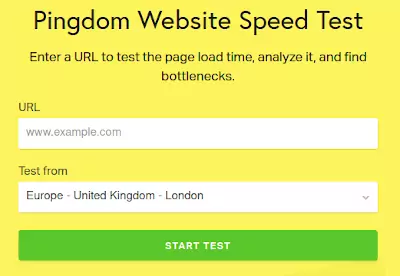
Google PageSpeed Insights
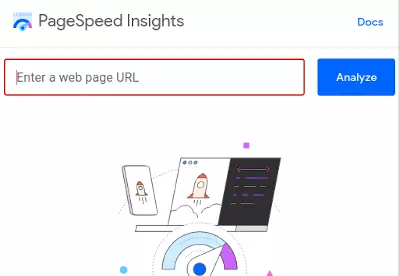
The Results
Pingdom
Pingdom has given the site an overall D which means there's a lot of room for improvement.
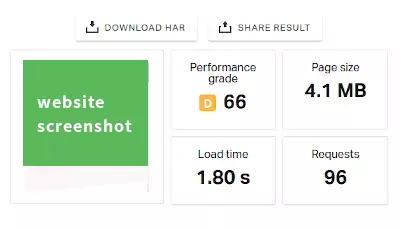
Google PageSpeed Insights
PageSpeed Insights ranks the mobile as well as the desktop version of the site. There is a very poor score of 28 out of possible 100 for the mobile version of the website.
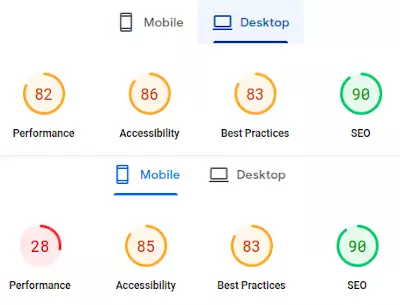
Interpreting the Results
Once you have the main result, you can scroll down to get a more detailed explanation of the scores given. Note that PageSpeed Insights is way more detailed than Pingdom. If the explanations and suggestions provided are beyond your understanding, then copy and paste them into an email to your developer. If your website scores below B (pingdom) or below 80% (PageSpeed Insights), then you really need to do something about it.
Pingdom
Pingdom's analysis is simpler than PageSpeed Insights. Beside each title, you can click the arrow to get helpful information and an explanation of the score.
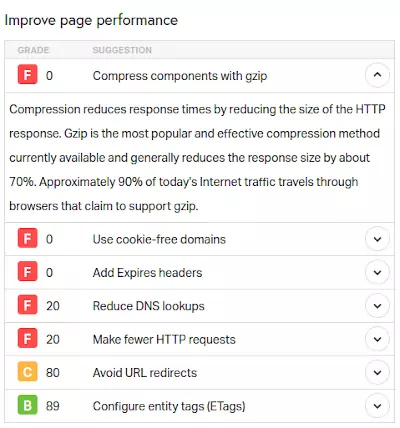
Google PageSpeed Insights
PageSpeed Insights are a lot more detailed than Pingdom's. Also they are providing explanations of the scores for both desktop and mobile versions of your site.
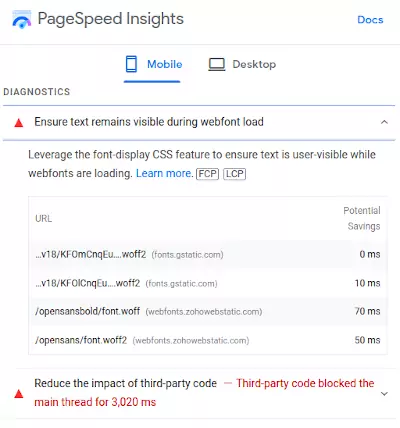
Some Q&A
No, just the page entered into the test.
- https://www.mysite.com tests the home page of the mysite.com site
- https://www.mysite.com/about-us tests the about-us page on the mysite.com site
The home page, followed by your most popular pages - the ones most visited (or the ones that should be most visited) - which you can identify if you use Google Analytics or a similar program. Also, if you're using Adwords, make sure that your landing pages load fast.
Let’s say you notice a 90% Bounce Rate for a certain page on your site (You'll see your Bounce rates in Google Analytics). That is a huge and significant figure. That means 90% of visitors landed on this page and visited no other page on your site (for at least 30 minutes, to be precise). Let’s say this page was the bus timetable from Limerick to Cork. Well you might expect a high bounce rate right? People are looking for exact information. They landed on this page exactly and visited no other on your website. Why would they? They realised the bus was leaving in 15 minutes. They slammed closed the lid of their laptop and bounded off to catch the bus. Yup, that’s a bounce, and it's not always a bad thing.
A high bounce rate might also mean that your page loaded so slowly that the visitor just hit the back button and went to some other website instead. So you can see that common sense is needed when trying to make sense of bounce rates and whether or not you should get yourself exercised.
Easy, no, but these would be my top recommendations:
- Compress/minify stylesheets (css) and javascripts (js)
- Caching - in Joomla this can be enabled on a per page and per module basis from within the admin. Wordpress - use Supercache, or if you're super technical and want loads of extra features, W3TC. After years of using W3TC, I switched to Supercache, less fuss, less muss. Never does my head in.
- Serve static resources (like images) from a Content Delivery Network eg Amazon S3 or Cloudflare.
(A CDN, or Content Delivery Network, is a distributed server system. When you upload resources to them they get distributed on servers all over the world. That means if someone is downloading your page from South America, and your server is in Ireland – then by using a CDN a copy of those resources will also be placed on servers in South America making those images/videos/etc download a lot faster for those in that locale. The CDN approach is effective if your audience lives outside where your server is housed AND they are an important audience for you. CDNs aren’t free – but they’re usually cheap – read the small print.) - Crop and compress your images before uploading them to the server/CDN. Free tools to do this include: Gimp which has great documentation, and for a no frills online image editor, try https://imageresize.org. Remember a smaller height and width means a smaller filesize. Another way to get more compression is to convert jpg image files to the newer webp format. You can try that for free online at https://convertio.co/jpg-webp/.
- For PHP based content management systems, ask your webhost if mod_brotli is enabled. Brotli compresses output from the server before it's delivered to the client. It's more efficient than Gzip which is an older alternative. If Brotli is enabled, you don't need to do anything other than make sure that your pages are being served over https and that you're not using Gzip. If you still want/need to use Gzip, then in Joomla - this can be enabled in the Control Panel. For Wordpress - use Supercache and choose "Compress pages so they're more easily served to Visitors" in the Advanced section.